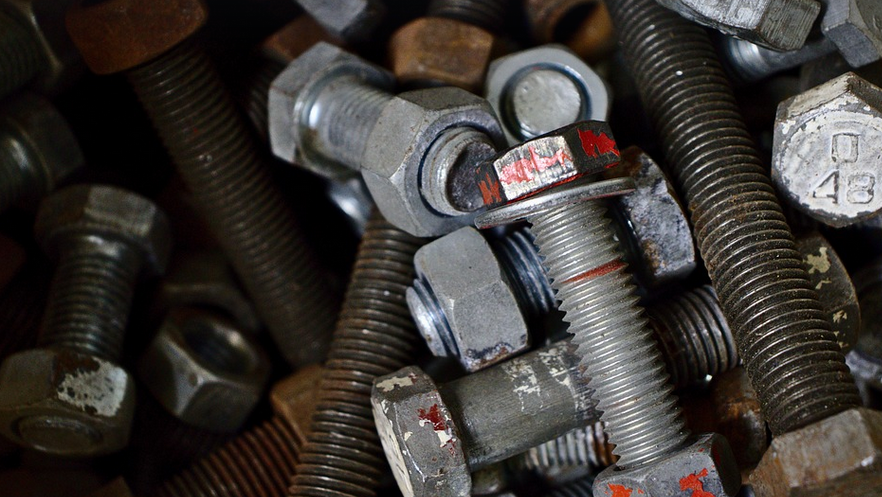
Slider Vs Curveball Vs Cutter: Unraveling The Art Of Pitching
The Secrets Behind Three Killer Pitches
Welcome, fellow baseball enthusiasts! Today, we’re diving headfirst into the thrilling world of pitching, focusing on three iconic pitches that have ruled the diamond for decades—the slider, the curveball, and the cutter. These aren’t just random throws; they’re art forms in motion, designed to tantalize batters and leave them bewildered.
First up is the **slider**. Imagine a perfectly executed break, where the ball dips like a graceful swan in mid-flight. The slider utilizes an incredible spin rate, usually reaching 20 percent more than a typical fastball. This means it dives dramatically downwards, challenging hitters to adjust their timing and strike at the right moment.
The magic of the slider lies in the deception it offers. It appears to be a regular fastball before that deceptive dip. With this motion inversion, batters are thrown off their game, leading them to swing wildly and miss. The high spin rate creates a pronounced downward break, adding an extra layer of complexity to its effectiveness.
The slider’s versatility is another key reason for its success. It can be a powerful out pitch, especially against right-handed hitters. When thrown with speed, the slider can reach impressive velocities, making it all the more intimidating. It also works wonders on left-handed batters by taking advantage of their unique swing mechanics.
Now, let’s explore the **curveball**, which is known for its classic curve in the air. This pitch boasts incredible movement, thanks to a combination of high spin and an almost impossible release point. The curveball spins so much that it takes on a sharp downward arc, leaving seasoned hitters bewildered.
The curveball’s appeal lies in its unpredictability. It can be thrown with either a fast or slow release point, adding an element of surprise to the mix. This makes it difficult for batters to anticipate its trajectory and react accordingly, leading to frustration at every swing.
To master the curveball, pitchers need to build their arm speed gradually, ensuring a smooth release with proper focus on grip pressure and arm angle. Once mastered, this pitch can be a game-changer, especially against batters who rely heavily on timing, making them susceptible to its unpredictable break.
The **cutter**, often referred to as the “gyro ball,” offers a unique spin that throws batters off balance with its sharp lateral movement. With an impressive 30 percent spin rate, it cuts sharply towards the plate, challenging hitters to react quickly and adjust their swings.
What sets the cutter apart is not just its high spin rate but also its ability to change direction in a split second. It’s a pitch that demands precision and timing from both the pitcher and catcher. With proper control and release point manipulation, it can become an unstoppable weapon in the arsenal of any skilled pitcher.
The cutter’s effectiveness is a testament to the power of physics at play. The spinning motion creates a pronounced side-to-side movement, making it challenging for batters to track and hit accurately. It forces them into a defensive stance, where they struggle to make contact with a pitch that seemingly defies their expectations.
The art of pitching goes beyond just throwing the ball; it’s about understanding its mechanics, manipulating its spin rate, and exploiting the physics behind its movement. By mastering these three iconic pitches—the slider, the curveball, and the cutter—pitcher can elevate their game to a whole new level, leaving batters bewildered and frustrated at every pitch.
So, remember, aspiring pitchers, there’s more to pitching than just throwing hard. It’s about understanding your craft, mastering your technique, and knowing how to use these tools to manipulate the ball and leave batters guessing. Enjoy the game, embrace the challenge, and never stop practicing!